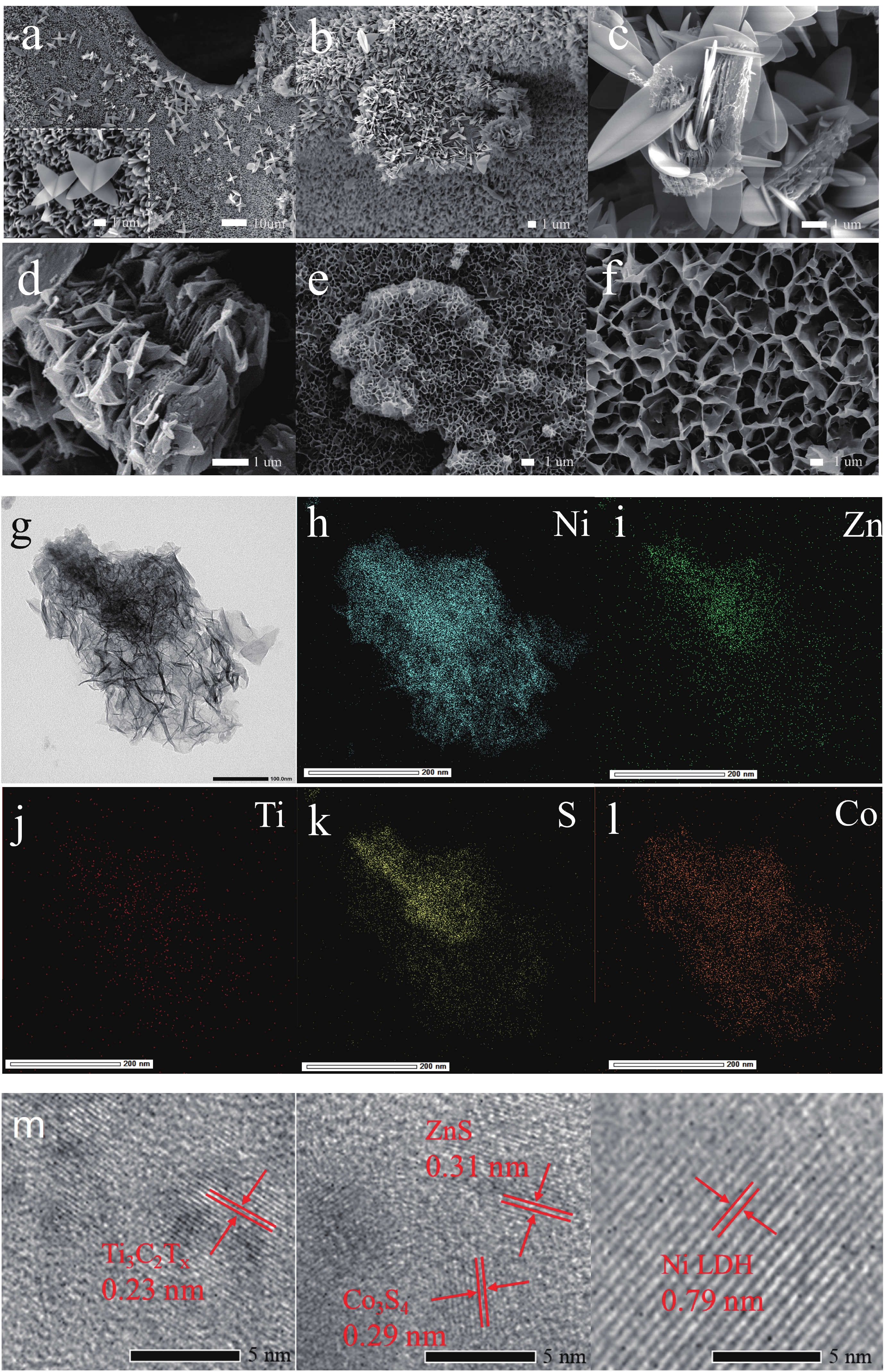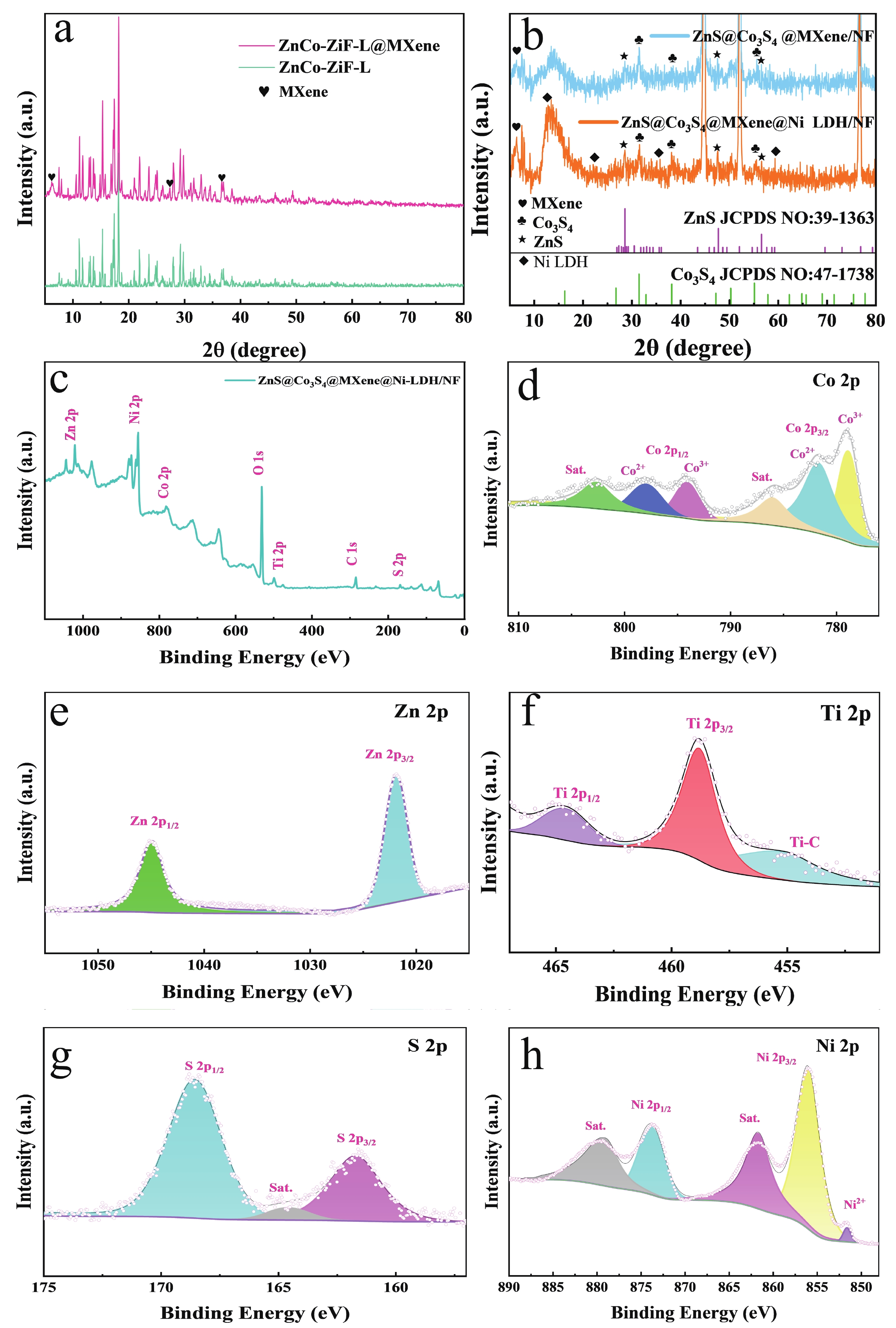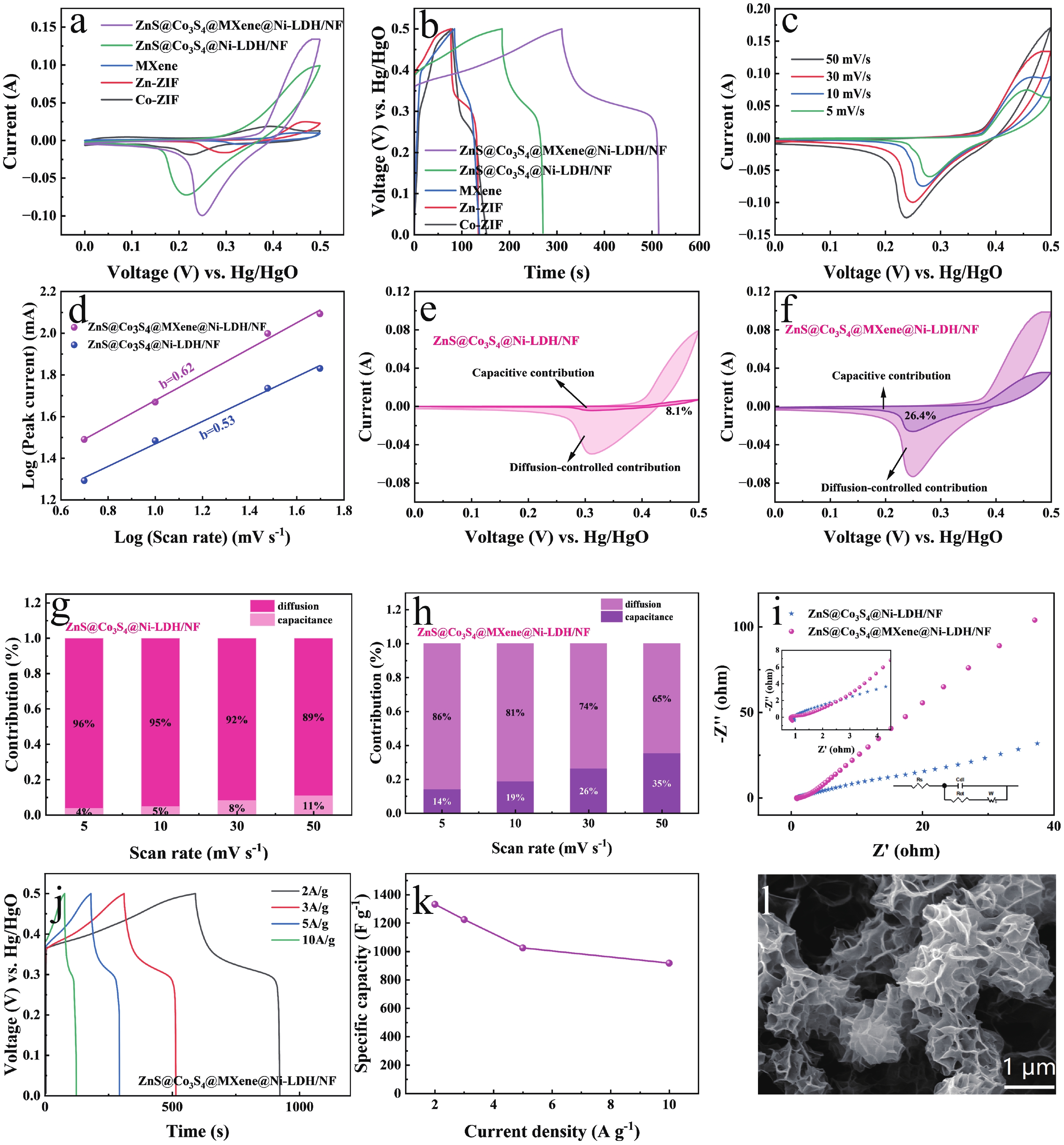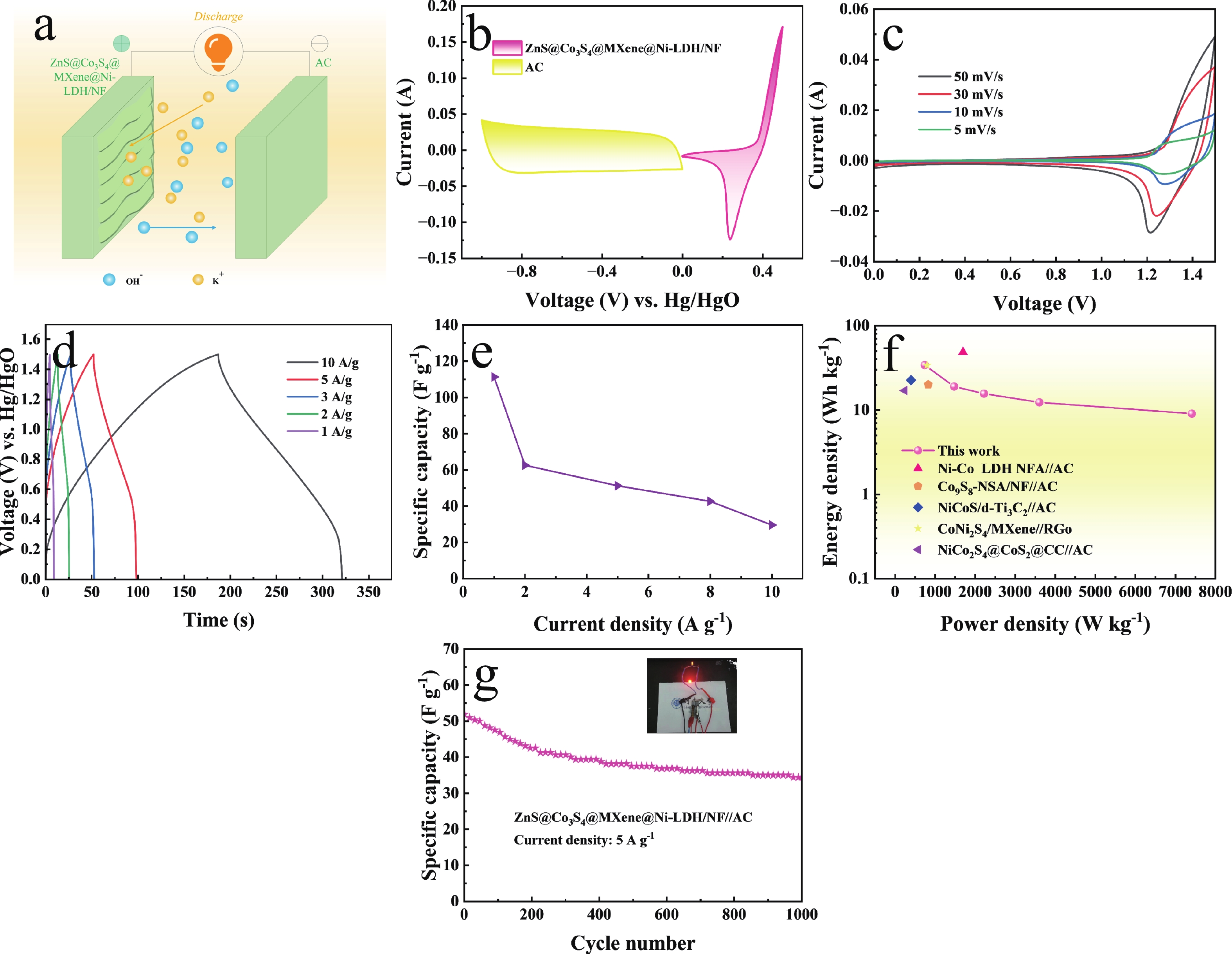| Citation: |
Xiang Luo, Kexin Li, Gentian Yue, Yueyue Gao, Chen Dong, Furui Tan. A ZIF-derived ZnS@Co3S4 coupled with MXene and Ni-LDH on Ni foam: constructing a honeycomb-like electrode for advanced supercapacitor[J]. Journal of Semiconductors, 2026, In Press. doi: 10.1088/1674-4926/25060002
****
X Luo, K X Li, G T Yue, Y Y Gao, C Dong, and F R Tan, A ZIF-derived ZnS@Co3S4 coupled with MXene and Ni-LDH on Ni foam: constructing a honeycomb-like electrode for advanced supercapacitor[J]. J. Semicond., 2026, 47(3), 032702 doi: 10.1088/1674-4926/25060002
|
A ZIF-derived ZnS@Co3S4 coupled with MXene and Ni-LDH on Ni foam: constructing a honeycomb-like electrode for advanced supercapacitor
DOI: 10.1088/1674-4926/25060002
CSTR: 32376.14.1674-4926.25060002
More Information-
Abstract
Zeolite imidazolate framework (ZIF)-derived bimetallic sulfides and layered double hydroxides (LDHs) have emerged as promising electrode materials for supercapacitors, owing to their porous layered structures, high electrochemical activity, tunable molecular architectures, low cost, and high specific capacitance. In this study, a unique composite material comprising ZIF-derived ZnCo bimetallic sulfide and LDH with a honeycomb-like structure was in situ grown on nickel foil (NF) via a controlled self-sacrificial template strategy. In contrast to previous reports, the resulting ZnS@Co3S4@MXene@Ni-LDH/NF composite integrates the advantages of MXene, LDH, and sulfides, leading to significantly enhanced conductivity, structural stability, and catalytic activity. The ZnS@Co3S4@MXene@Ni-LDH/NF electrode exhibits a uniform network structure with a thickness of approximately 1 µm coated on NF, and delivers a high specific capacitance of 1356.1 F·g−1 at a current density of 2 A·g−1. Furthermore, an asymmetric supercapacitor assembled with ZnS@Co3S4@MXene@Ni-LDH/NF as the positive electrode and activated carbon as the negative electrode achieves a high energy density of 34.08 Wh·kg−1 and a power density of 742.3 W·kg−1 at 1 A·g−1. This device successfully powers LED lights for 5 min, demonstrating its practical applicability. These results underscore the outstanding electrochemical performance of the ZnS@Co3S4@MXene@Ni-LDH/NF electrode, highlighting its potential for applications in supercapacitors and related energy storage fields.-
Keywords:
- supercapacitor,
- metal−organic frameworks,
- layered double hydroxide,
- ZIF,
- MXene
-
References
[1] Molahalli V, Chaithrashree K, Singh M K, et al. Past decade of supercapacitor research−lessons learned for future innovations. J Energy Storage, 2023, 70, 108062 doi: 10.1016/j.est.2023.108062[2] Wang Y X, Zhang M, Xu T, et al. Nanocellulose-based advanced materials for flexible supercapacitor electrodes. Ind Crops Prod, 2023, 204, 117378 doi: 10.1016/j.indcrop.2023.117378[3] Yasami S, Mazinani S, Abdouss M. Developed composites materials for flexible supercapacitors electrode: "recent progress & future aspects". J Energy Storage, 2023, 72, 108807 doi: 10.1016/j.est.2023.108807[4] Qiao F, Liu W J, Wang S Z, et al. Hierarchical Co3S4/CoS/MoS2 leaf-like nanoflakes array derived from Co-ZIF-L as an advanced anode for flexible supercapacitor. J Alloy Compd, 2021, 870, 159393 doi: 10.1016/j.jallcom.2021.159393[5] Wang W P, Wang W J, Xu Y, et al. Synthesis of Ni3S4/NiS2/FeS2 nanoparticles for hydrogen and oxygen evolution reaction. Appl Surf Sci, 2021, 560, 149985 doi: 10.1016/j.apsusc.2021.149985[6] Tan S W, Xue Z G, Tao K, et al. Boosting the energy storage performance of MOF-derived Co3S4 nanoarrays via sulfur vacancy and surface engineering. Chem Commun, 2022, 58(42), 6243 doi: 10.1039/D2CC01274J[7] Wu J, Zhang Y, Zhang B, et al. Zn-Doped CoS2 nanoarrays for an efficient oxygen evolution reaction: understanding the doping effect for a precatalyst. ACS Appl Mater Interfaces, 2022, 14(12), 14235 doi: 10.1021/acsami.2c00455[8] Liu S D, Kang L, Hu J S, et al. Realizing superior redox kinetics of hollow bimetallic sulfide nanoarchitectures by defect-Induced manipulation toward flexible solid-state supercapacitors. Small, 2022, 18(5), e2104507 doi: 10.1002/smll.202104507[9] Wesley R J, Vasanth S, Durairaj A, et al. Nickel-molybdenum bimetallic sulfide decorated biomass derived carbon support for high performance asymmetric supercapacitor application. J Energy Storage, 2024, 91, 112092 doi: 10.1016/j.est.2024.112092[10] Pallavolu M R, Vallem S, Nallapureddy R R, et al. Self-assembled hierarchical silkworm-type bimetallic sulfide (NiMo3S4) nanostructures developed on S-g-C3N4 sheets: promising electrode material for supercapacitors. ACS Appl Energy Mater, 2023, 6(2), 812 doi: 10.1021/acsaem.2c03110[11] Yang Z, Cheng Q H, Li W W, et al. Construction of 2D ZIF-derived hierarchical and hollow NiCo-LDH "nanosheet-on-nanosheet" arrays on reduced graphene oxide/Ni foam for boosted electrochemical energy storage. J Alloy Compd, 2021, 850, 156864 doi: 10.1016/j.jallcom.2020.156864[12] da Silva M I, Machado Í R, Toma H E, et al. Recent progress in water-splitting and supercapacitor electrode materials based on MOF-derived sulfides. J Mater Chem A, 2022, 10(2), 430 doi: 10.1039/D1TA05927K[13] Zhan F Y, Wang H Y, He Q Q, et al. Metal-organic frameworks and their derivatives for metal-ion (Li, Na, K and Zn) hybrid capacitors. Chem Sci, 2022, 13(41), 11981 doi: 10.1039/D2SC04012C[14] Li S J, Luo Y, Wang C, et al. A novel hierarchical core-shell structure of NiCo2O4@NiCo-LDH nanoarrays for higher-performance flexible all solid-state supercapacitor electrode materials. J Alloy Compd, 2022, 920, 165986 doi: 10.1016/j.jallcom.2022.165986[15] Cai D M, Cao Q H, Du J J, et al. Oxygen vacancies enhanced NiCo2O4 nanoarrays on carbon cloth as cathode for flexible supercapacitors with excellent cycling stability. Batter Supercaps, 2022, 5(3), e202100344 doi: 10.1002/batt.202100344[16] Li J L, Chen K, Wang Y C, et al. Controlled preparation of Zn−Co−S nanosheet arrays for high-performance all-solid-state supercapacitors. ACS Appl Energy Mater, 2021, 4(12), 13803 doi: 10.1021/acsaem.1c02564[17] Liu Y X, Wang Y Z, Shi C J, et al. Co-ZIF derived porous NiCo-LDH nanosheets/N doped carbon foam for high-performance supercapacitor. Carbon, 2020, 165, 129 doi: 10.1016/j.carbon.2020.04.084[18] Sekhar S C, Nagaraju G, Yu J S. Conductive silver nanowires-fenced carbon cloth fibers-supported layered double hydroxide nanosheets as a flexible and binder-free electrode for high-performance asymmetric supercapacitors. Nano Energy, 2017, 36, 58 doi: 10.1016/j.nanoen.2017.04.019[19] Zhang X L, Wang J M, Sui Y W, et al. Hierarchical nickel−cobalt phosphide/phosphate/carbon nanosheets for high-performance supercapacitors. ACS Appl Nano Mater, 2020, 3(12), 11945 doi: 10.1021/acsanm.0c02507[20] Liao L P, Zheng K, Zhang Y, et al. Self-templated pseudomorphic transformation of ZIF into layered double hydroxides for improved supercapacitive performance. J Colloid Interface Sci, 2022, 622, 309 doi: 10.1016/j.jcis.2022.04.088[21] Zhou Y F, Chu F K, Ding L L, et al. MOF-derived 3D petal-like CoNi-LDH array cooperates with MXene to effectively inhibit fire and toxic smoke hazards of FPUF. Chemosphere, 2022, 297, 134134 doi: 10.1016/j.chemosphere.2022.134134[22] He Y Z, Zhang X L, Wang J M, et al. Constructing Co(OH)F nanorods@NiCo-LDH nanocages derived from ZIF-67 for high-performance supercapacitors. Adv Mater Interfaces, 2021, 8(17), 2100642 doi: 10.1002/admi.202100642[23] Yilmaz G, Yam K M, Zhang C, et al. In situ transformation of MOFs into layered double hydroxide embedded metal sulfides for improved electrocatalytic and supercapacitive performance. Adv Mater, 2017, 29(26), 1606814 doi: 10.1002/adma.201606814[24] Jiang Y N, Sun T, Xie X, et al. Oxygen-functionalized ultrathin Ti3C2Tx MXene for enhanced electrocatalytic hydrogen evolution. ChemSusChem, 2019, 12(7), 1368 doi: 10.1002/cssc.201803032[25] Wen Y Y, Rufford T E, Chen X Z, et al. Nitrogen-doped Ti3C2Tx MXene electrodes for high-performance supercapacitors. Nano Energy, 2017, 38, 368 doi: 10.1016/j.nanoen.2017.06.009[26] Yan J, Ren C E, Maleski K, et al. Flexible MXene/graphene films for ultrafast supercapacitors with outstanding volumetric capacitance. Adv Funct Mater, 2017, 27(30), 1701264 doi: 10.1002/adfm.201701264[27] Li H, Chen X, Zalnezhad E, et al. 3D hierarchical transition-metal sulfides deposited on MXene as binder-free electrode for high-performance supercapacitors. J Ind Eng Chem, 2020, 82, 309 doi: 10.1016/j.jiec.2019.10.028[28] Pan J, Li S B, Zhang L, et al. Reduced graphene oxide/Ni foam supported ZIF-67 derived CuCo2S4@CoS2 core-shell heterostructure for boosted electrochemical energy storage. J Energy Storage, 2022, 47, 103550 doi: 10.1016/j.est.2021.103550[29] Xu D D, Xue Z, Han L, et al. Interface engineered Zn/Co-S@CeO2 heterostructured nanosheet arrays as efficient electrodes for supercapacitors. J Alloy Compd, 2023, 946, 169399 doi: 10.1016/j.jallcom.2023.169399[30] Wang W H, Yan H W, Anand U, et al. Visualizing the conversion of metal organic framework nanoparticles into hollow layered double hydroxide nanocages. J Am Chem Soc, 2021, 143(4), 1854 doi: 10.1021/jacs.0c10285[31] Xie Y M, Li J Q, Cao M J, et al. Self-templated transformation of Co-ZIF-L into hierarchical porous CoS2/Co-Ni LDHs with improved electrochemical activities. J Colloid Interface Sci, 2023, 629, 786 doi: 10.1016/j.jcis.2022.08.140[32] Rösler C, Aijaz A, Turner S, et al. Hollow Zn/Co zeolitic imidazolate framework (ZIF) and yolk-shell metal@Zn/Co ZIF nanostructures. Chemistry, 2016, 22(10), 3304 doi: 10.1002/chem.201503619[33] Gu Q L, Albert Ng T C, Sun Q M, et al. Heterogeneous ZIF-L membranes with improved hydrophilicity and anti-bacterial adhesion for potential application in water treatment. RSC Adv, 2019, 9(3), 1591 doi: 10.1039/C8RA08758J[34] Li Y, Du Q X, Cui J, et al. Identifying the intrinsic active site in bimetallic Co3S4/Ni3S2 feathers on MXene nanosheets as a heterostructure for efficient oxygen evolution reaction. Inorg Chem Front, 2023, 10(1), 184 doi: 10.1039/D2QI01830F[35] Zhu X J, Dai J L, Li L G, et al. Hierarchical carbon microflowers supported defect-rich Co3S4 nanoparticles: an efficient electrocatalyst for water splitting. Carbon, 2020, 160, 133 doi: 10.1016/j.carbon.2019.12.072[36] Ravi V K, Saikia S, Yadav S, et al. CsPbBr3/ZnS core/shell type nanocrystals for enhancing luminescence lifetime and water stability. ACS Energy Lett, 2020, 5(6), 1794 doi: 10.1021/acsenergylett.0c00858[37] Li J, Wang S L, Xiao T, et al. Controllable preparation of nanoporous Ni3S2 films by sulfuration of nickel foam as promising asymmetric supercapacitor electrodes. Appl Surf Sci, 2017, 420, 919 doi: 10.1016/j.apsusc.2017.05.206[38] Pan J, Li S B, Li F B, et al. Design and construction of core-shell heterostructure of Ni-V layered double hydroxide composite electrode materials for high-performance hybrid supercapacitor and L-Tryptophan sensor. J Alloy Compd, 2022, 890, 161781 doi: 10.1016/j.jallcom.2021.161781[39] Xue Z G, Lv L, Tian Y, et al. Co3S4 nanoplate arrays decorated with oxygen-deficient CeO2 nanoparticles for supercapacitor applications. ACS Appl Nano Mater, 2021, 4(3), 3033 doi: 10.1021/acsanm.1c00161[40] Wang Z H, Zhao K, Wang L, et al. Hierarchical and core-shell structured CuCo2O4@NiMn-LDH composites as supercapacitor electrode materials with high specific capacitance. J Energy Storage, 2023, 67, 107327 doi: 10.1016/j.est.2023.107327[41] Mohamed A M, Abo El Naga A O, Zaki T, et al. Bimetallic Co-W-S chalcogenides confined in N, S-codoped porous carbon matrix derived from metal−organic frameworks for highly stable electrochemical supercapacitors. ACS Appl Energy Mater, 2020, 3(8), 8064 doi: 10.1021/acsaem.0c01513[42] Wang J Y, Shatila S, Song J, et al. One-step microwave synthesis of self-supported CoSe2@NiSe2 nanoflowers on 3D nickel foam for high performance supercapacitors. J Alloy Compd, 2022, 892, 162079 doi: 10.1016/j.jallcom.2021.162079[43] Mohamed A M, Ramadan M, Ahmed N, et al. Metal−organic frameworks encapsulated with vanadium-substituted heteropoly acid for highly stable asymmetric supercapacitors. J Energy Storage, 2020, 28, 101292 doi: 10.1016/j.est.2020.101292[44] Zhang H Q, Liu X H, Chen Y D, et al. Construction of core-shell heterostructure containing sandwich-like nanoarray for high-performance supercapacitors. J Energy Storage, 2023, 67, 107647 doi: 10.1016/j.est.2023.107647[45] Zhang J C, Xiao K S, Zhang T C, et al. Porous nickel-cobalt layered double hydroxide nanoflake array derived from ZIF-L-Co nanoflake array for battery-type electrodes with enhanced energy storage performance. Electrochim Acta, 2017, 226, 113 doi: 10.1016/j.electacta.2016.12.195[46] Han X, Tao K, Wang D, et al. Design of a porous cobalt sulfide nanosheet array on Ni foam from zeolitic imidazolate frameworks as an advanced electrode for supercapacitors. Nanoscale, 2018, 10(6), 2735 doi: 10.1039/c7nr07931a[47] Luo Y Y, Tian Y P, Tang Y, et al. 2D hierarchical nickel cobalt sulfides coupled with ultrathin titanium carbide (MXene) nanosheets for hybrid supercapacitors. J Power Sources, 2021, 482, 228961 doi: 10.1016/j.jpowsour.2020.228961[48] Qi J Q, Huang M Y, Ruan C Y, et al. Construction of CoNi2S4 nanocubes interlinked by few-layer Ti3C2Tx MXene with high performance for asymmetric supercapacitors. Rare Metals, 2022, 41(12), 4116 doi: 10.1007/s12598-022-02167-y[49] Govindasamy M, Shanthi S, Elaiyappillai E, et al. Fabrication of hierarchical NiCo2S4@CoS2 nanostructures on highly conductive flexible carbon cloth substrate as a hybrid electrode material for supercapacitors with enhanced electrochemical performance. Electrochim Acta, 2019, 293, 328 doi: 10.1016/j.electacta.2018.10.051 -
Supplements
 25060002补充材料.pdf
25060002补充材料.pdf

-
Proportional views





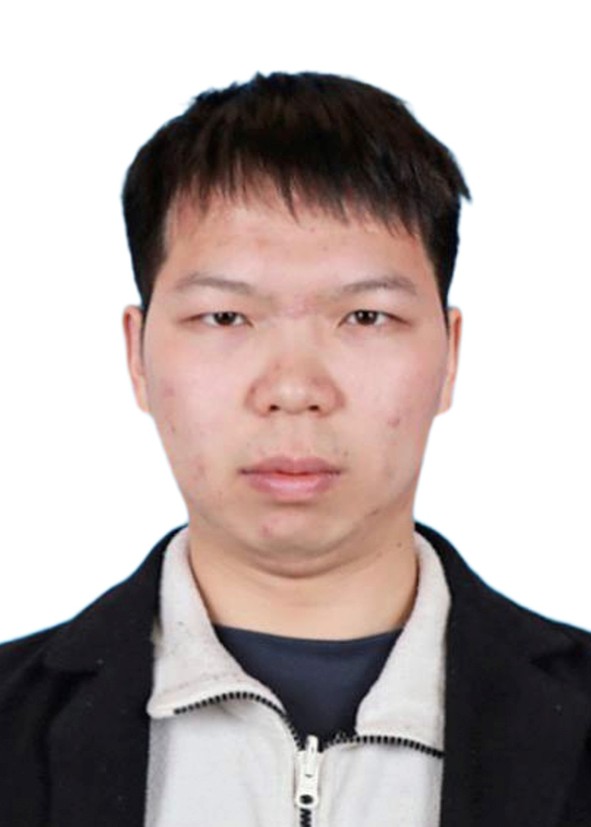 Xiang Luo received his BS degree in 2023 after graduating from Henan University. Now he is a master's student at Henan University. Since September 2023, he has been working in Prof. Furui Tan's research group under the supervision of Professor Gentian Yue. He current research focuses on supercapacitors.
Xiang Luo received his BS degree in 2023 after graduating from Henan University. Now he is a master's student at Henan University. Since September 2023, he has been working in Prof. Furui Tan's research group under the supervision of Professor Gentian Yue. He current research focuses on supercapacitors.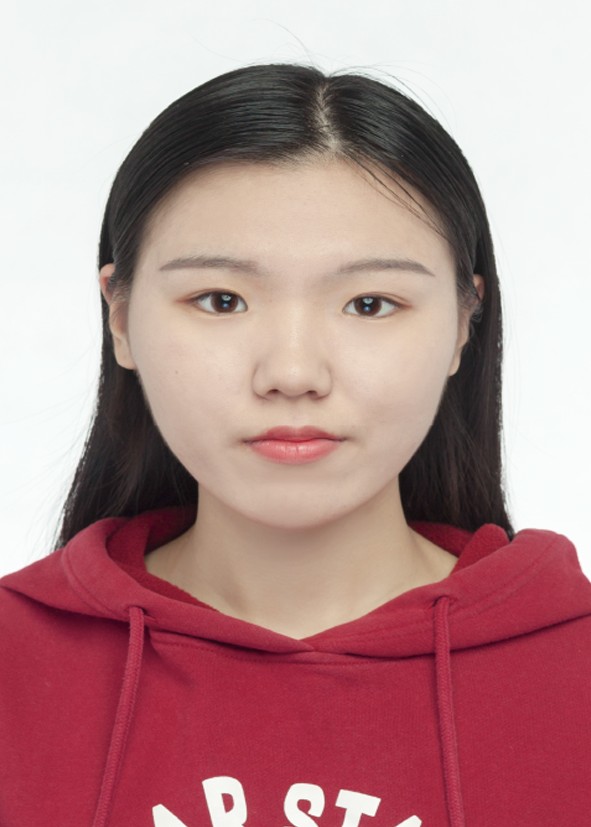 Kexin Li received her BS degree in 2021 after graduating from Zhengzhou Normal University. Now she is a master's student at Henan University. Since September 2021, she has been working in Prof. Furui Tan's research group under the supervision of Professor Gentian Yue. Her current research focuses on supercapacitors.
Kexin Li received her BS degree in 2021 after graduating from Zhengzhou Normal University. Now she is a master's student at Henan University. Since September 2021, she has been working in Prof. Furui Tan's research group under the supervision of Professor Gentian Yue. Her current research focuses on supercapacitors. Gentian Yue received his Ph.D. degree from Huaqiao University, China in 2013. Since then, he has been working as a full time professor at Henan Key Laboratory of Photo voltaic Materials, Henan University, China. His research interests include material synthesis and device fabrication of dye sensitized solar cells, supercapacitor, and energy capture and storage devices for wearable electronics.
Gentian Yue received his Ph.D. degree from Huaqiao University, China in 2013. Since then, he has been working as a full time professor at Henan Key Laboratory of Photo voltaic Materials, Henan University, China. His research interests include material synthesis and device fabrication of dye sensitized solar cells, supercapacitor, and energy capture and storage devices for wearable electronics. Yueyue Gao received his master’s degree in Chemical Engineering and Technology from Qiqihar University, China in 2014. And he received his Ph.D. degree from School of Chemistry and Chemical Engineering, Harbin Institute of Technology (HIT), China in 2018. Since then, he joined Henan Key Laboratory of Photovoltaic Materials, Henan University, China in 2018. His research interest mainly focuses on the design, synthesis and performance study of furan-based organic photovoltaic materials.
Yueyue Gao received his master’s degree in Chemical Engineering and Technology from Qiqihar University, China in 2014. And he received his Ph.D. degree from School of Chemistry and Chemical Engineering, Harbin Institute of Technology (HIT), China in 2018. Since then, he joined Henan Key Laboratory of Photovoltaic Materials, Henan University, China in 2018. His research interest mainly focuses on the design, synthesis and performance study of furan-based organic photovoltaic materials. Chen Dong received his Ph.D. degree from Lanzhou Institute of Chemical Physics, Chinese Academy of Sciences (CAS), under the supervision of Prof. Xiuxun Han and Prof. Jinqing Wang. Since then, he joined Henan Key Laboratory of Photovoltaic Materials, Henan University, China in 2019. His research interest is all-inorganic perovskite solar cells.
Chen Dong received his Ph.D. degree from Lanzhou Institute of Chemical Physics, Chinese Academy of Sciences (CAS), under the supervision of Prof. Xiuxun Han and Prof. Jinqing Wang. Since then, he joined Henan Key Laboratory of Photovoltaic Materials, Henan University, China in 2019. His research interest is all-inorganic perovskite solar cells. Furui Tan is currently an professor in the Henan Key Laboratory of Photovoltaic Materials, Henan University, China. He received his Ph.D. degree from Institute of Semiconductors, Chinese Academy of Sciences (ISCAS) in 2011. He joined the Sargent group in the Department of Electronics and Computer Engineering (ECE) in the University of Toronto, as a visiting scholar in June 2017 and June 2018. His research group focuses on organic and nanoscale materials for solar cells, photodetectors, and electro-catalysis, etc.
Furui Tan is currently an professor in the Henan Key Laboratory of Photovoltaic Materials, Henan University, China. He received his Ph.D. degree from Institute of Semiconductors, Chinese Academy of Sciences (ISCAS) in 2011. He joined the Sargent group in the Department of Electronics and Computer Engineering (ECE) in the University of Toronto, as a visiting scholar in June 2017 and June 2018. His research group focuses on organic and nanoscale materials for solar cells, photodetectors, and electro-catalysis, etc.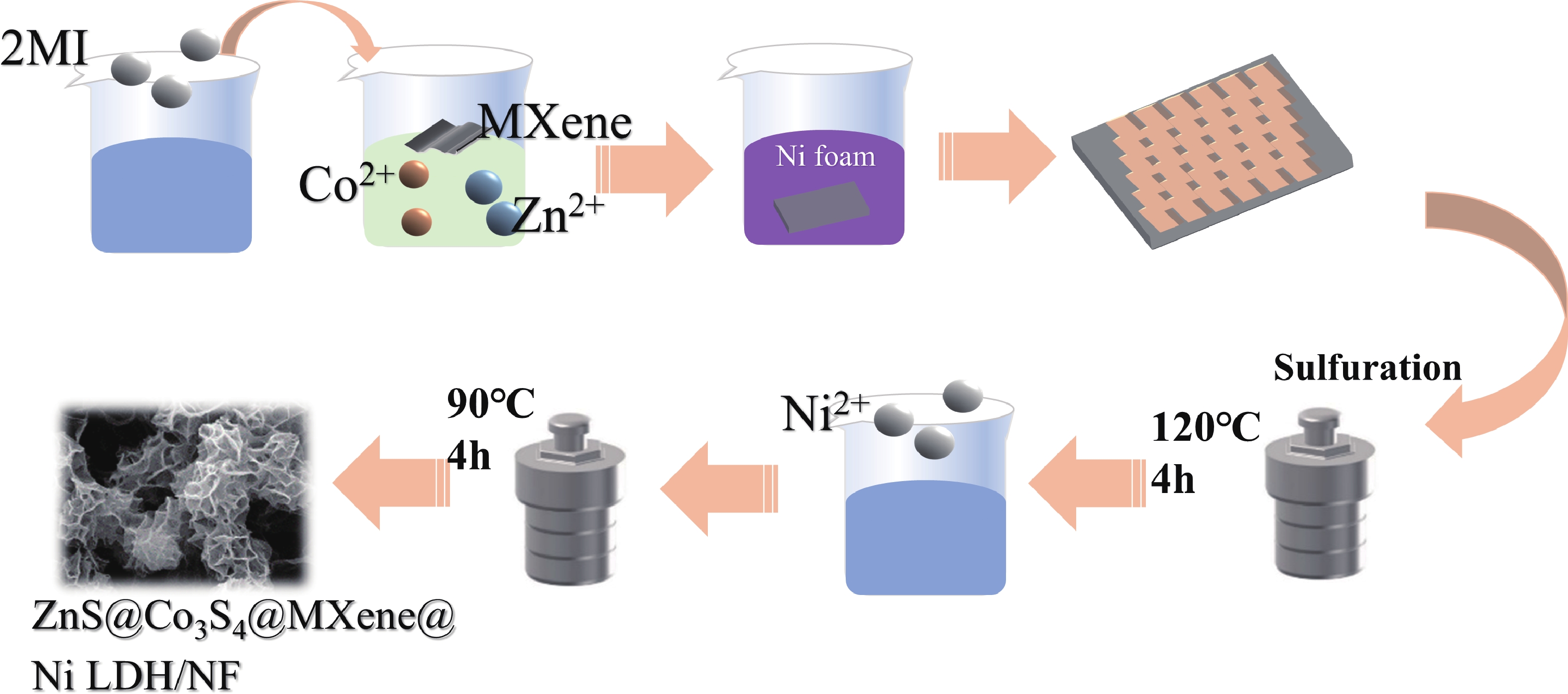
 DownLoad:
DownLoad:
